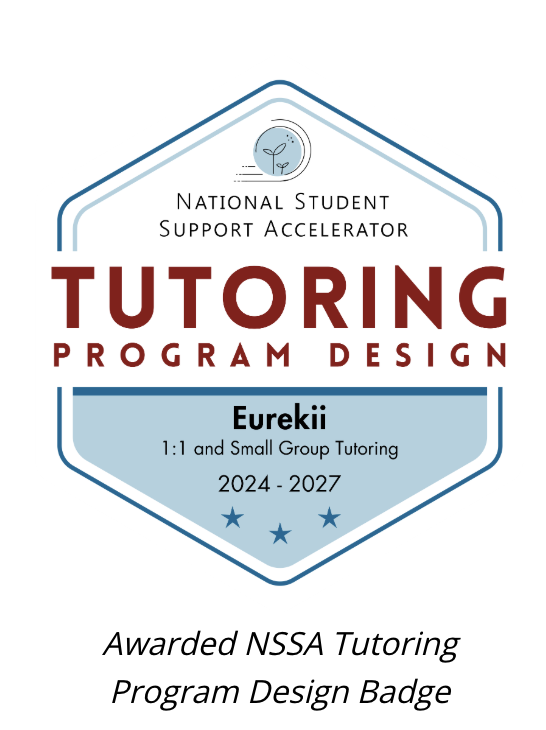Adapting to Virtual Learning: Tips for Students and Parents
Adapting to Virtual Learning: Tips for Students and Parents
The rapid growth of virtual learning has transformed education, making it essential for parents and students to adapt to this new environment. As eLearning continues to evolve, students must develop not only the technical skills for online education but also crucial off-screen skills. These skills, often referred to as “soft” skills, are vital for fostering mindful, critical thinking, and well-rounded digital citizens. This article offers tips for students and parents to help navigate the virtual learning landscape while building the necessary off-screen skills for a balanced online life.
Understanding the eLearning Landscape
E-Learning involves using digital devices such as computers and tablets for educational purposes. Unlike traditional classroom settings, students engage with lessons, assignments, and quizzes online, providing flexibility but also requiring adjustments from both students and parents.
Diverse Learning Methods: eLearning incorporates various digital tools, including videos, interactive games, and online quizzes, to enhance the learning experience. Parents should familiarize themselves with these tools to effectively support their children’s education.
Specialized Websites: Schools use dedicated eLearning platforms that host course materials, facilitate student interactions, and enable communication with teachers. Understanding these platforms is crucial for parents to assist their children in navigating the virtual classroom.
Self-Paced Learning: One of the advantages of eLearning is that students can learn at their own pace. Parents can help by guiding their children in time management and ensuring they stay on track with their studies.
Technical Support: Technical issues are common in eLearning. Parents should be prepared to troubleshoot problems such as internet connectivity and software glitches, turning these challenges into valuable learning experiences for their children.
Balancing eLearning and Parenting
Balancing the roles of a parent and an eLearning facilitator can be challenging, but it is achievable with the right strategies. Here are five comprehensive tips to help parents support their children’s virtual education while maintaining a harmonious home environment.
1. Foster Open Communication and Independence:
Create an environment where your child feels comfortable discussing their online learning experiences. Regularly ask about their assignments, progress, and any challenges they face. Address their concerns promptly and encourage them to seek help when needed. eLearning provides an opportunity for children to develop self-motivation, time management, and responsibility. Guide them in setting achievable goals, breaking assignments into manageable tasks, and making decisions about their learning. This empowerment reduces the burden on parents and promotes personal growth in children.
2. Establish Structured Routines and Balance:
Consistency is key to successful online learning. Develop a daily routine that balances virtual lessons, homework, breaks, and other activities. Ensure your child has a designated, distraction-free workspace conducive to learning. Excessive screen time can lead to fatigue and reduced concentration. Encourage your child to take breaks from the screen, engage in physical activities, and pursue creative hobbies. These breaks refresh the mind and enhance overall well-being.
3. Be a Proactive Learning Partner:
Actively participate in your child’s online learning journey. Discuss their subjects, explore additional resources together, and show genuine interest in their education. Your involvement strengthens the parent-child bond and underscores the importance of learning. Additionally, embrace the role of a tech troubleshooter by helping your child navigate technical challenges. Work together to solve issues, fostering problem-solving skills and resilience.
4. Encourage Social Interaction and Mindfulness:
Virtual learning can feel isolating. Encourage your child to connect with peers through online study groups, discussions, and collaborative projects. Social interaction fosters a sense of belonging and enriches the learning experience. Incorporate mindfulness exercises into your child’s routine to improve focus and reduce stress. Short breathing exercises or meditation breaks can enhance concentration and create a sense of calm.
5. Provide Constructive Feedback and Cultivate a Growth Mindset:
Provide positive, constructive feedback on your child’s work. Highlight their strengths and suggest areas for improvement. Framing feedback positively fosters a growth mindset and encourages continuous improvement. Teach your child that challenges are opportunities for growth. Encourage a growth mindset by reinforcing the idea that effort leads to improvement. This resilience helps them overcome obstacles in eLearning and beyond.
Building a Supportive Virtual Learning Environment
In the dynamic world of virtual learning, parents play a pivotal role in their children’s success. By understanding the eLearning landscape and implementing these strategies, you can effectively balance your child’s online education and overall well-being. Remember, collaboration, adaptability, and a shared commitment to overcoming challenges are key. Together, you can create a supportive environment where learning thrives, parent-child bonds are strengthened, and the future is filled with endless possibilities. Your proactive approach will lay the foundation for a generation of confident, enthusiastic learners ready to navigate the digital age.






